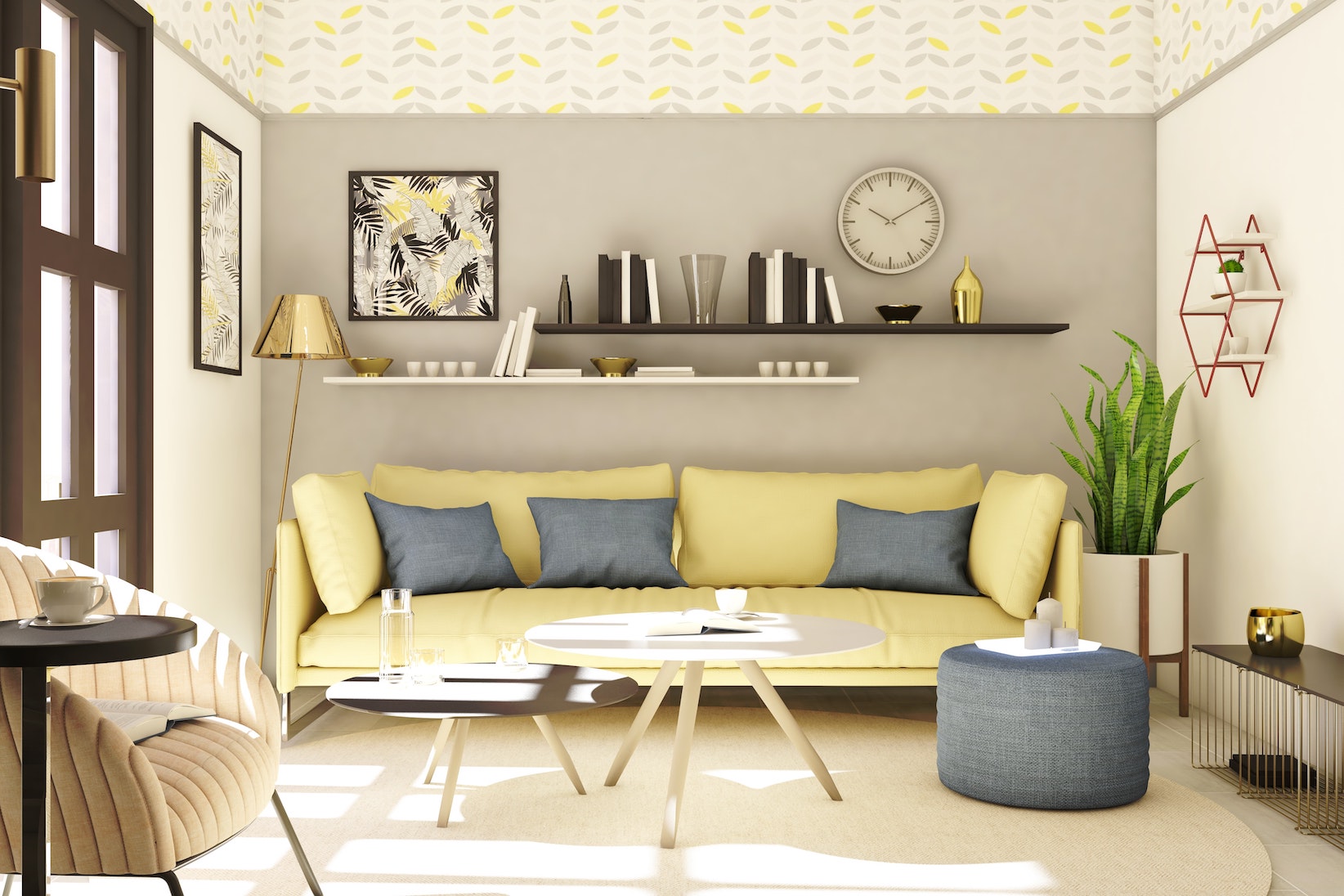Remodeling a rental property can be a wise investment decision, leading to increased rental income, higher property values, and overall improved tenant satisfaction. However, to ensure the success of your remodeling project, it is essential to be mindful of the do’s and don’ts that come with it. In this article, we will discuss the key considerations for rental property remodeling, helping you make informed decisions that will maximize your return on investment and maintain a harmonious landlord-tenant relationship.
Do’s of Remodeling Your Rental Property
Do Set a Realistic Budget
Before embarking on any remodeling project, it is crucial to establish a realistic budget. Determine the amount you can comfortably spend on the project and set aside enough earnings for each feature of the renovation. Be sure to factor in contingencies for unforeseen expenses, which are common in remodeling projects. A well-planned budget will help you avoid overspending and ensure that you achieve the desired outcome within your financial constraints.
Do Prioritize High-Impact Upgrades
Focus your remodeling efforts on high-impact upgrades that will significantly improve the property’s functionality, aesthetics, and value. Some examples of high-impact upgrades include updating the kitchen or bathroom, refreshing the paint, installing new flooring, or enhancing the property’s curb appeal. These improvements are more likely to yield a higher return on investment and attract higher-quality tenants.
Do Research Local Market Trends
Understanding the local market trends and preferences is essential when remodeling your rental property. Comparing between other investment properties gives you an idea of which variables to consider. Research popular design styles, materials, and finishes that are in demand in your area, and incorporate them into your renovation plans. By catering to the preferences of your target market, you can ensure that your property remains competitive and attractive to potential renters.
Do Focus on Durability and Longevity
When selecting materials and finishes for your remodeling project, prioritize durability and longevity to minimize future repair and replacement costs. Opt for materials that are easy to maintain and resistant to wear and tear, especially in high-traffic areas. Investing in quality materials will save you money in the long run and provide a more satisfactory living experience for your tenants.
Do Communicate with Your Tenants
If you are remodeling a property that is currently occupied, it is vital to maintain open communication with your tenants. Inform them of your plans well in advance and provide regular updates on the project’s progress. Be sensitive to their needs and concerns, and aim to minimize disruptions to their daily lives as much as possible. Maintaining a positive relationship with your tenants during the remodeling process can help ensure a smoother experience for all parties involved.
Don’ts of Remodeling Your Rental Property
Don’t Overlook Safety and Building Codes
When planning your remodeling project, it is essential not to overlook safety and building code requirements. Ensure that any changes you make to the property are compliant with local building codes and regulations. Consult with a real estate professional or building inspector if you are unsure about specific requirements, especially when selling your income property. Failing to adhere to safety and building codes can result in costly fines, penalties, and even legal issues.
Don’t Overcapitalize
While remodeling can significantly improve your property’s value and appeal, it is crucial not to overcapitalize. Overcapitalization occurs when you invest more money into the property than you can reasonably expect to recoup through rental income or sale proceeds. To avoid overcapitalization, carefully assess the potential return on investment for each improvement and prioritize those with the highest potential return.
Don’t Neglect Energy Efficiency
Energy efficiency is becoming increasingly important to renters, who are often responsible for their utility costs. Incorporating energy-efficient features into your remodeling project, such as energy-efficient appliances, windows, and insulation, can make your property more appealing to eco-conscious tenants and potentially reduce ongoing utility expenses. This not only contributes to the property’s overall appeal but also aligns with the growing demand for sustainable living options.
Don’t Spare Quality
Cutting corners and leaning towards cheaper materials or labor in an effort to save money may seem as an intriguing decision at the beginning, but doing so can be counterproductive in the future. Inferior materials and workmanship can result in higher maintenance and repair costs, negatively affecting your return on investment. Instead, focus on finding the best value for your money by carefully researching materials, contractors, and professionals to ensure that you’re investing in quality.
Don’t Disregard Tenant Privacy
During the remodeling process, it’s essential to respect your tenants’ privacy and minimize disruptions to their daily lives. Schedule work during regular business hours whenever possible and provide advance notice of any work that may require access to your tenants’ living spaces. By respecting your tenants’ privacy, you can maintain a positive landlord-tenant relationship and reduce the likelihood of conflicts or complaints.
Conclusion
Successfully remodeling a rental property involves striking a balance between achieving the desired improvements and staying within your budget, all while keeping the needs and preferences of your tenants in mind. By adhering to the do’s and don’ts outlined in this article, you can ensure that your remodeling project results in a more attractive, functional, and valuable property that will appeal to a wide range of potential renters. Ultimately, a well-executed remodeling project can lead to increased rental income, higher property values, and a more satisfying experience for both you and your tenants.
FRENCH TAGS

